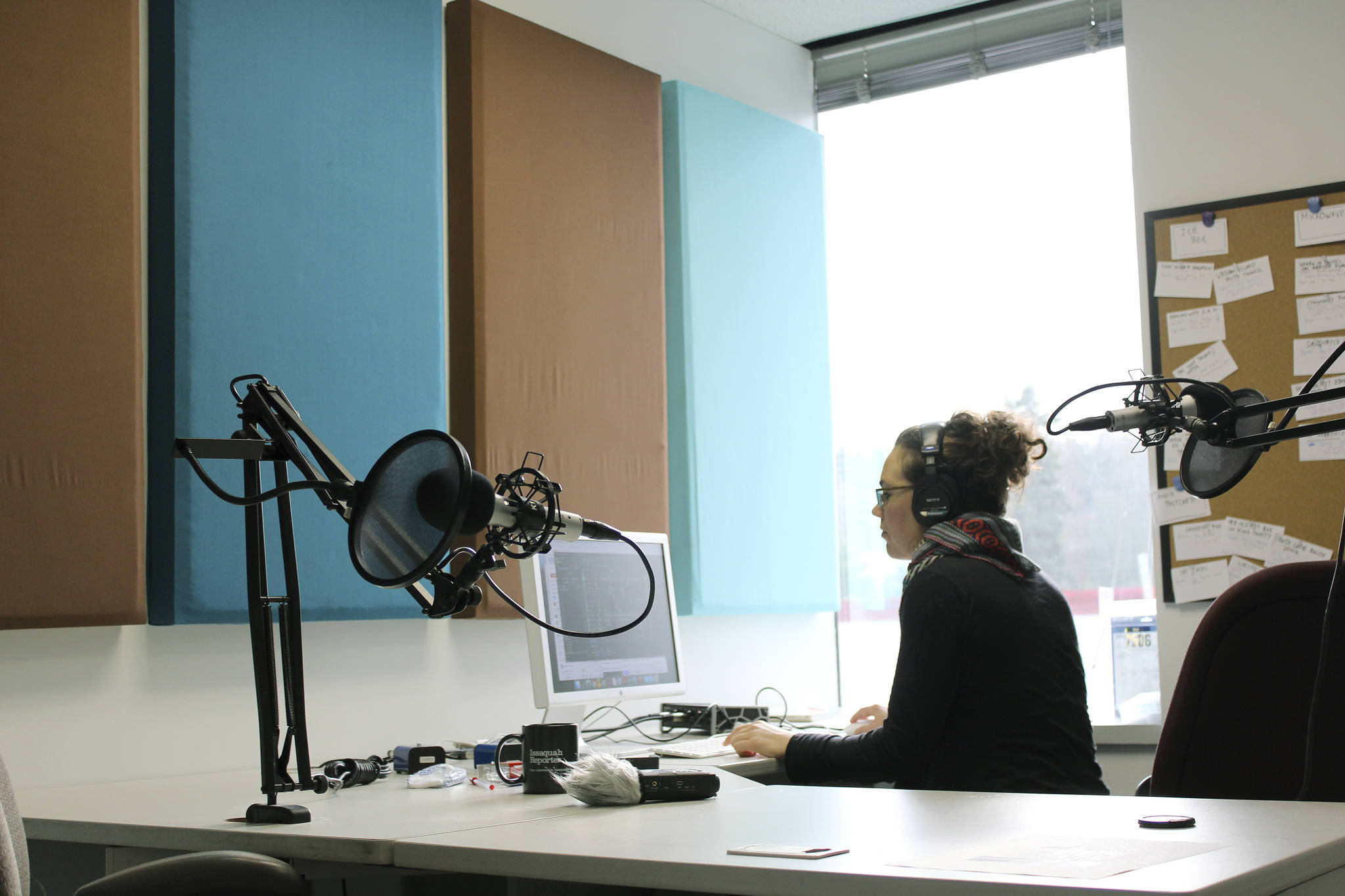Last month, two researchers at the University of Washington gave the world a hand.
It is a hand unlike any other. Built using a 3-D printer and human anatomy as its blueprint, it possesses the potential to revolutionize the development of artificial limbs. Details of the hand—including its network of creepy tendons and ligaments—can be seen on videos posted by UW’s Movement Control Lab and in a paper written by developers Emo Todorov and Zhe Xu that will be presented at the International Conference on Robotics and Automation in Sweden this spring.
The project began when Xu, then a student, approached instructor Todorov with an idea to create a hand that was more biological and less expensive than what had come before. After four papers, the duo achieved its goal. Curious what the future holds and whether this is the latest sign of a near-future robot takeover, we chatted with Todorov.
The Highly Biomimetic Anthropomorphic Robotic Hand from Joseph Xu on Vimeo.
SW: What makes this hand such a big deal? Todorov: It’s groundbreaking in the sense that you get a lot of functionality for a surprisingly low price, and it looks like a human hand as an added bonus. The parts of this thing are about $1,000, and almost all of that is for the motor. The hand itself costs about $100 to make. For comparison, for a hand with that many degrees of freedom, you can buy them for around $100,000. They’re called Shadow Hand, from the UK, which is better than this to be sure, but it’s like comparing a Ferrari to a bicycle. The bicycle can do the job.
What is the impact of having a cheap robotic hand available to the market? Is there an egalitarian aspect to this? Absolutely. The research on hands has not made as much progress as legs, for example. We now have walking robots, but we don’t have robot hands manipulating objects in an amazing way. Part of that reason is because hands are very hard to build and they are very expensive.
What would be an amazing thing for a hand to do? The next step is dexterous manipulation—to manipulate objects so that they move around your fingers and you are making and breaking contact and using sliding and pushing and routing and all kinds of dynamics that you do with your hands all the time.
So, like writing? The actual writing is the easy part. Actually getting the pen into your hands into a comfortable grasp by picking it up from the table and rolling it and positioning it—that’s the hard part. Once you get the pen positioned in your hand, at that point your hand and the pen have been welded together.
What about feet? Is a functioning foot as difficult to create? Look at it this way: Most animals in the world have feet, and they all use them very well. Humans are pretty much the only species that does amazing things with their hands. Primates can do very basic things like use tools and grasp things, but nothing like a human’s hands. Our hands have allowed us to reshape the world.
Is this about creating a better prosthetic, or is this about creating an autonomous robot? Both of these are applications. This is a movement toward the core technology, developing more capable and more affordable hands. If you asked, “Can you make a product next year and start selling it?”—that’s a litmus test for what’s practical right now—you could make a device for tele-operation, people operating things in hazardous environments or over long distances, or one person operating multiple things. We’re talking about filing some patents and trying to commercialize it in this way. Of course, we’re both academics, so no one has all that much time to do it.
What does this mean for prosthetics, then? That’s a whole field in itself; there are all kinds of issues about interfacing with a human, getting signals out of the nervous system, making it autonomous, power-efficient. I think this is a really good design for a prosthetic hand in the future, but it’s not immediate. Also prosthetics [require] things like FDA approval, and all that can take a while. And by the time the FDA is done reviewing it, someone will have made a better one.
Why would a tele-operated hand be of any use to me? Suppose you don’t want to commute to work every day, but there is something at your desk that needs to be done. Suppose you had a cheap arm or a hand mounted on the corner of your desk that you could control from your home. And then you can get stuff done at your desk, or maybe even your office, without being there. I’m not just making that up. The U.S. Department of Energy is considering starting a program with the aim of saving energy by getting people to commute less and getting people to do more things by tele-presence and tele-operation. It’s a preliminary thing.
Mark Baumgarten is Editor in Chief of Seattle Weekly. He can be reached at mbaumgarten@seattleweekly.com or 206-467-4374. Follow him on Twitter. Get more from your favorite writers by signing up for our weekly newsletters.









